castle curlew and its church
Peeping into the Arabian Sea, nestling between Alibag and Murud, the popular tourist spots of Mumbaikars, is a world much unknown to the most of Maharashtra – Korlai.
Korlai is a 2 faced village, both by its geography and its soul. Both sides of the village are straddled by the sea, with the marathi fisher-folks on one side, and the indo-portuguese speaking villagers on the other side.
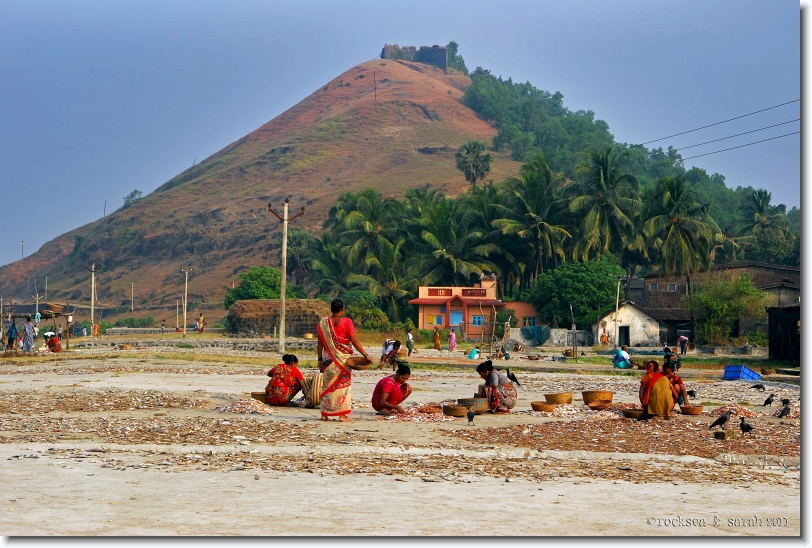
Standing prominent on the rocky headland side of the village is the 16th century Korlai fort, built by the Portuguese. Accounts, though hazy, says that it was originally ‘Castle Curlew’, built by Felipe Mascarenhas who was the 26th Viceroy of Portuguese India. When it was functional, the fort was protected on the inland side by a ditch, and accessible only by a drawbridge.
One of the interesting pieces of work inside the Korlai fort is the St Mathew’s church built circa 1630. Though now it is an abandoned, idling edifice, its features still give out the strategies and thoughts gone behind its construction.
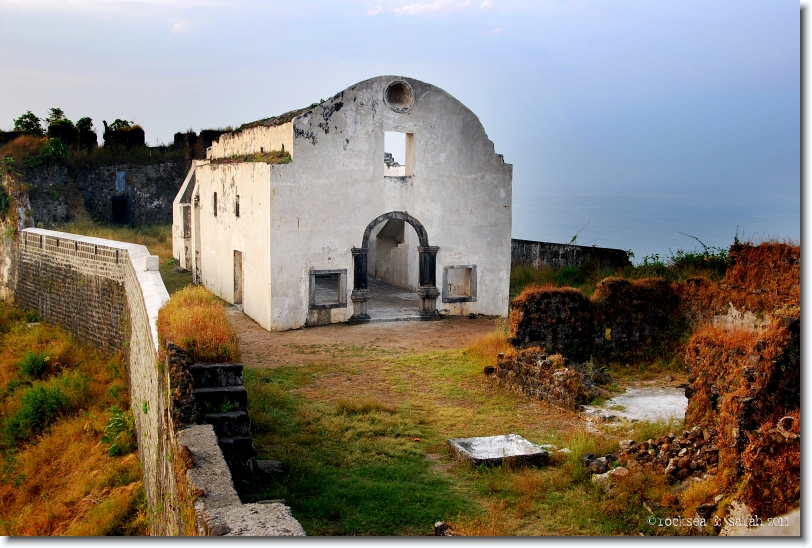
The Portuguese were active in India when the European church had a stronghold over the continents, and when Europe was going through the renaissance. The churches they built during that time always acted as a strategic central point (Dan Brown is still writing on it). The same can be observed about the church at the Korlai fort.
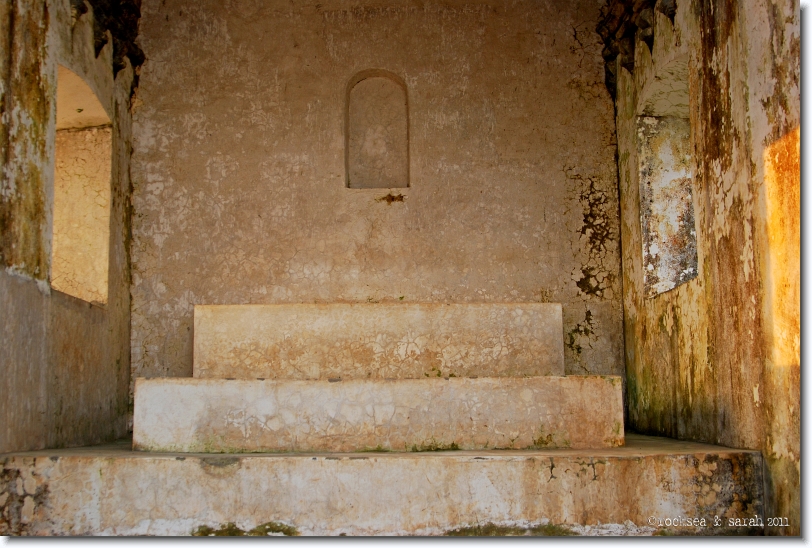
Standing at the chancel, you are taken back in time. The altar has large windows on both the sides, taking your view to the open sea. Apparently, the men laid their guards down and left it to the gods and the clergy to keep a lookout while they were kneeling down for their prayers.
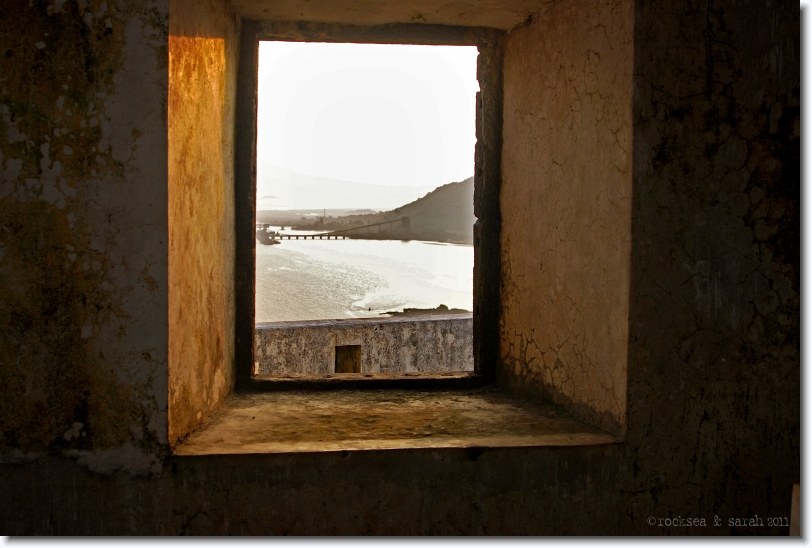
View from the eastern side of the church, with a constant watch on the bay. Revdanda Salav bridge is in the backdrop.
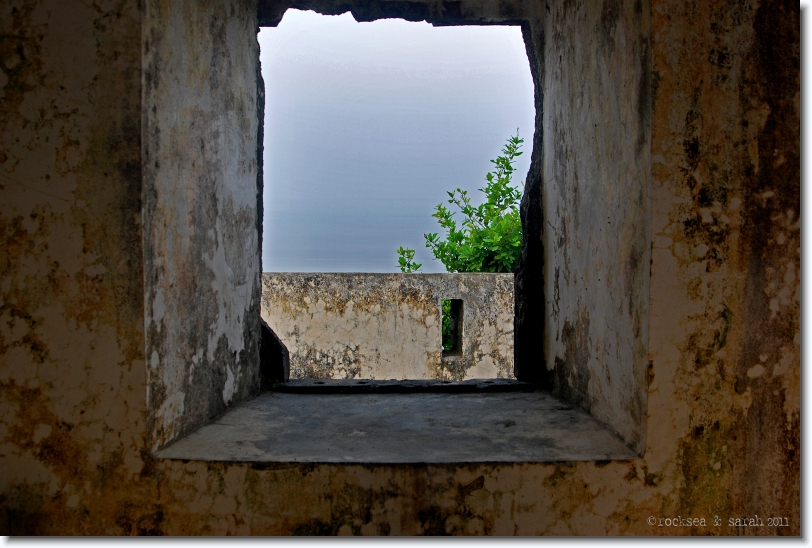
Again, a vigilant window towards the Arabian Sea.
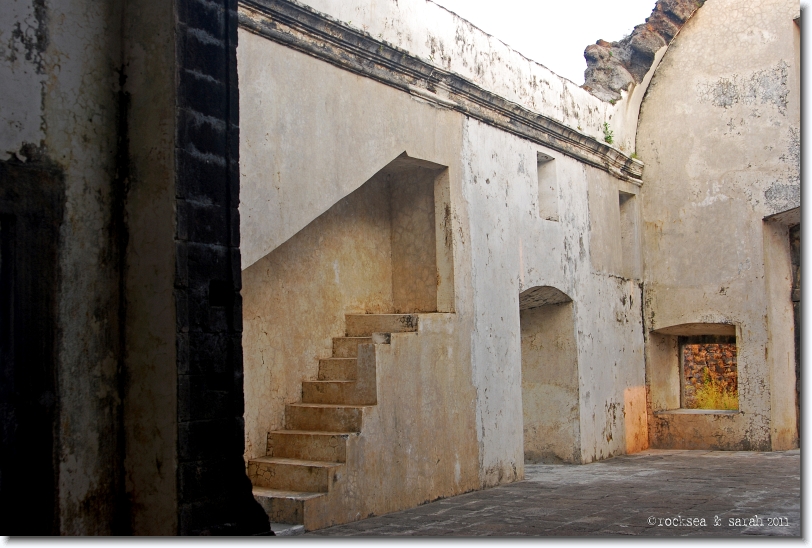
On one side of the church there were a flight of steps leading to nowhere… Probably there was an image or sculpture installed at the top, giving it a chapel status. Or did the Portuguese have some other ideas??
Maharashtra, India
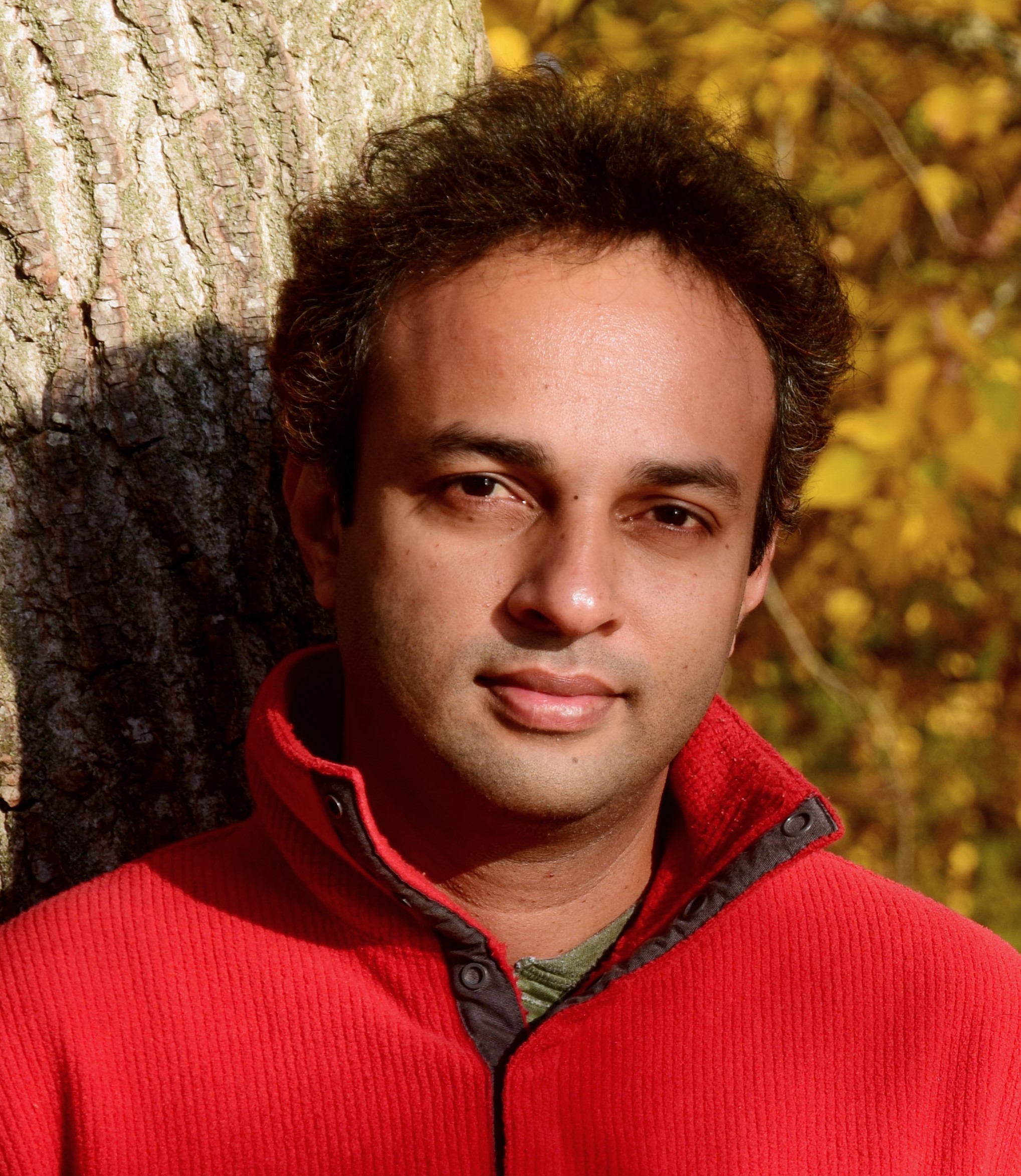 Roxy Mathew Koll is a Climate Scientist at the Indian Institute of Tropical Meteorology. He also dons the role of an amateur naturalist, writer, web designer, photographer, and publisher—based on demand.
Roxy Mathew Koll is a Climate Scientist at the Indian Institute of Tropical Meteorology. He also dons the role of an amateur naturalist, writer, web designer, photographer, and publisher—based on demand. Juby Aleyas Koll, also know as Sarah, is the author and publisher of the book and website Sarah’s Hand Embroidery Tutorials. She has been researching and tutoring hand embroidery for over a decade, making it accessible to everyone around the globe.
Juby Aleyas Koll, also know as Sarah, is the author and publisher of the book and website Sarah’s Hand Embroidery Tutorials. She has been researching and tutoring hand embroidery for over a decade, making it accessible to everyone around the globe.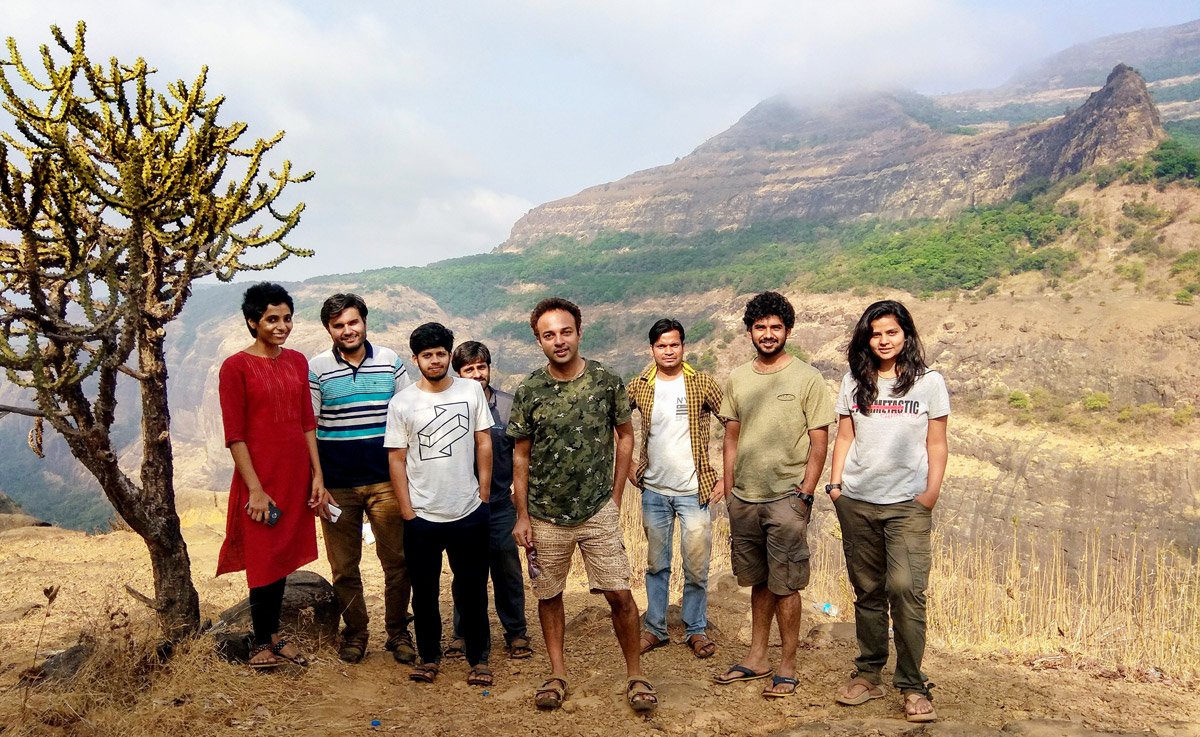
Hello:
Greetings from IIM Ahmedabad, India. My ancestors are from Revdanda. Recently took my kids there. Showed them plaque on the walls of Revdanda fort. I had taken its picture when I was doing Ph.D. in US. Showed it to a Brazilian friend but he could not translate it exactly. Do not know if the inscription is in Latin or Portuguese. Does seem to indicate that fortification was done in 1577 or something like that. Will be happy to know a good literal translation. Here is a link to a clear picture of that tablet. What is written in the logo on top?
http://aroundguides.com/14862058/Photos/32574819
Here is another picture on the fort walls. What do the different logos mean? [link]
Thanks for your consideration.
The vilage of Korlai was known as “Corlaim” and the fortress as “Fortaleza do Morro de Chaul” (fortress of Chaul’s hill) in the 17th century. The fort was conquered by the Portuguese in 1595 and rebuilt in 1622. It was part of the defensive system of the city of Chaul (now Revdanda fort). The church is built in the Portuguese Plain style (an austere form of late Renaicance or Maneirist style very used in Portugal and its colonial Empire during the Iberian Union of 1580-1640). The stairs that aparently lead to nowhere were for a wooden pulpit.
Chaul was Portuguese from 1539 to 1739 and is now in ruins. In Portugal very few people know about its existence (alongside whit Baçaim (Vassai fort) because its lost was viewed as shame in the context of the Empire during the fascist regime, Estado Novo and very few studies exist. The Empire ceased to exist when this regime endend in 1974 (the last remains of Portuguese India where lost in 1961 during Estado Novo).
I am Portuguese and I’m interested in these forgoten heritage but there are very few recent photos. So I rely on photos taken on trips of people in India that sometimes pass by these ruins. If anyone have more photos or need some Portuguese inscriptions to be translated (in many cases the translator can’t work because they are written in old Portuguese) let me know.
This is the entry on Korlai and Revdanda forts in a 1639 book ofered to king Filipe III (right page):
http://purl.pt/24313/3/#/14
This is the corespondent view of Korlai (Morro de Chaul):
http://purl.pt/24313/3/#/68
and Chaul:
http://purl.pt/24313/3/#/70
A map of both around 1700:
http://purl.pt/20829/2/
A book with the images of some Portuguese Vice-roys:
(Matias de Albuquerque was vice-roy arond the time of the ocupation of Korlai fort)
http://purl.pt/5878/2/#/38
(I hope the links to the Portugal’s Natonal Library work)
Best regards
Paulo S.
I have clear photographs of some inscriptions on the fort. Plz intimate me on projectbluevivek@gmail.com and i will send you those. And in return i would love to have them translated.
wonderful photos
Atul, Sindu,
🙂
Amazing ………… 🙂
Hello,
Gr8 coverage.
Korlai, always amazes.
Still, Silent, Quiet.
wow! brings back memories of our visit….and so wonderful to see the church I was not able to see, since scaling that hill was too much for a heavy and pregnant me!
very interesting history. 🙂
time to go again!
Been a long time 🙂
Lovely pictures, isn’t it amazing how a simple structure takes you to a totally different world!
yes, long time bindu 🙂